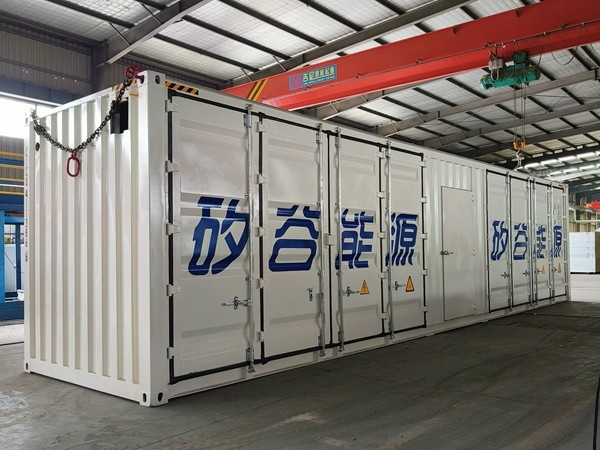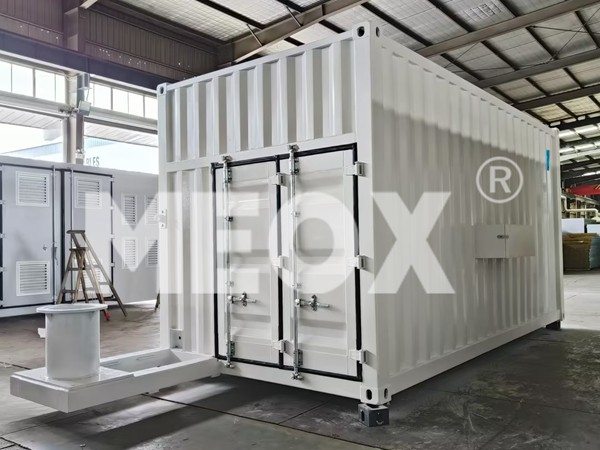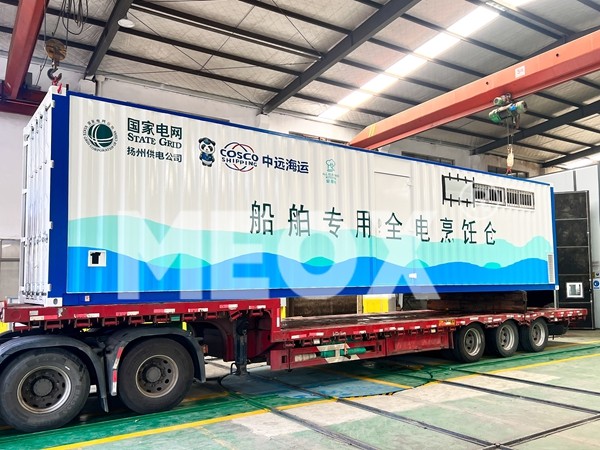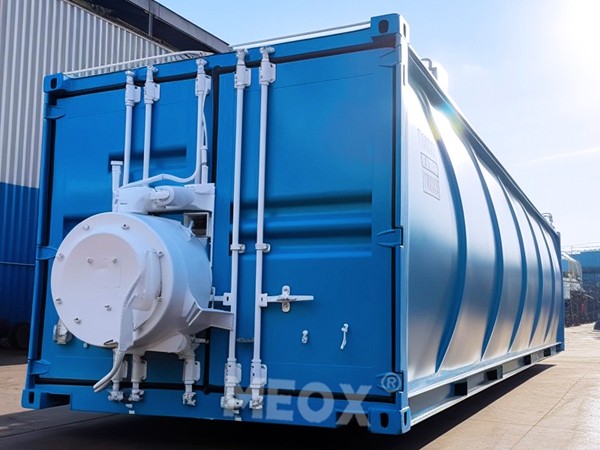Vertical farming in containers represents a revolutionary approach to agriculture, where plants are grown in stacked layers within a controlled environment. This innovative method offers a unique set of benefits and challenges, making it an exciting frontier for modern agricultural practices.

The concept of vertical farming in containers provides an ideal solution for urban areas where space is limited. By utilizing shipping containers or specially designed modular units, vertical farms can be established in city centers or near population hubs, providing fresh local produce with a significantly reduced carbon footprint. The proximity to consumers reduces the need for long hauls, slashing transportation costs and lowering emissions associated with conventional farming. Additionally, it addresses issues of land scarcity, allowing for the cultivation of crops in places where traditional agriculture is not feasible.
A significant advantage of container-based vertical farming is the ability to control environmental factors meticulously. These enclosed systems provide precise control over temperature, humidity, light, and CO2 levels, creating the optimal environment for plant growth. This level of control not only leads to higher yields but also ensures produce is grown with minimal pesticide use, often resulting in healthier and cleaner food. Furthermore, this method allows for year-round cultivation, irrespective of external weather conditions, ensuring a consistent supply of fresh produce.

Water conservation is another compelling benefit. Vertical farming in containers utilizes advanced hydroponic or aeroponic systems, which use up to 90% less water compared to traditional agricultural methods. This is achieved by recirculating water within the system, minimizing waste and making it an eco-friendly option, especially in areas prone to water scarcity.
Despite these advantages, there are challenges that need addressing. The initial cost of setting up a container farm can be high, primarily due to the technology and systems required for environmental control. However, economies of scale and continued advancement in agricultural technology are steadily reducing these costs, making it more accessible for medium to large-scale operators. Moreover, energy consumption is another concern. The need for artificial lighting and climate control systems can lead to substantial energy use. To mitigate this, many operators are turning to renewable energy sources such as solar panels to power their operations sustainably.vertical farming in containers
Leveraging data is crucial in vertical farming. Incorporating IoT (Internet of Things) devices and smart sensors into these container farms allows for real-time monitoring of plant health, nutrient levels, and environmental conditions. This data-driven approach not only optimizes plant growth but also enhances operational efficiency, reducing waste and maximizing output.
Imagining the future of container-based vertical farming involves considering the role of innovation in crop variety. While leafy greens and herbs are popularly grown, research is expanding into fruiting plants and even root vegetables. Genetic research and advanced breeding techniques are paving the way for more diverse crops suitable for vertical farming environments, broadening the scope of what can be produced locally in urban scenarios.
The success of vertical farming in containers is intricately tied to the expertise of those who manage these systems. Skilled agronomists and horticulturists play a significant role in fine-tuning the intricate balance of nutrients and environmental settings. Their expertise is pivotal in ensuring the health of the plants and the economic viability of the farm.
Trust in vertical farming is built through transparency and consistent delivery of high-quality produce. Consumers value knowing where their food comes from and how it is produced. Vertical farms can provide this assurance by opening their operations to public tours and involving local communities in their processes, thereby building a strong connection and trust with consumers.
In conclusion, vertical farming in containers presents a sustainable, efficient, and innovative solution to many of the challenges faced by traditional agriculture. By maximizing space, conserving resources, and harnessing technology, it stands poised to revolutionize how we think about food production, bringing fresh produce closer to where we live and reducing our environmental impact.






